Hypoallergenic fabric is a bespoke material crafted to reduce the likelihood of allergic reactions and skin irritation. It plays a crucial role in a plethora of products aimed at those with delicate skin or for those who prioritize a pristine, allergen-free milieu. On Alibaba.com, enterprises can procure an extensive selection of hypoallergenic textiles featuring attributes such as anti-bacterial, anti-dust mite, breathable, and flame-resistant qualities, among others.
Types and Characteristics of Hypoallergenic Fabric Products
The hypoallergenic fabric category includes a broad spectrum of products, each tailored with distinct features to fulfill varied needs. For example, the waterproof textiles used in mattress covers are not only resistant to moisture but also hinder the growth of mites and bacteria. Conversely, hypoallergenic textiles in clothing aim to avert skin irritation by employing soft fibers and dyes that are gentle on the skin. Innovations such as copper ion-infused textiles bring added antimicrobial benefits, making them ideal for children's items where cleanliness is of utmost importance. Each hypoallergenic textile is meticulously designed with the end-user in mind, ensuring that the risk of allergic responses is substantially reduced, whether for personal attire or home decor.
Structure and Operation of Hypoallergenic Fabric Products
The intricate structure of hypoallergenic fabric products varies with their specific application. A hypoallergenic mattress protector, to illustrate, may be constructed with a laminated layout, incorporating a breathable, hypoallergenic stratum flanked by two layers of plush fabric, often cotton or a blend thereof. This configuration not only affords comfort but also guarantees the durability of the protective layer through numerous launderings. In practice, these textiles serve as a shield, barring allergens from reaching the user while permitting air and moisture circulation, thus preserving a comfortable ambiance for sleep or daily living.
Materials and Their Properties in Hypoallergenic Fabric
Material selection for hypoallergenic fabric is a deliberate process, with each substance offering distinct advantages. Polyester is celebrated for its robustness and low-maintenance, frequently chosen in environments that demand regular cleaning. Microfiber, with its dense weave, excels at capturing dust and allergens, positioning it as a prime choice for allergy prevention. Bamboo fiber, inherently hypoallergenic and antibacterial, is gaining favor in sustainable fabric production. Terry cloth and pure cotton deliver a sumptuous texture, soothing to sensitive skin while still affording protection from irritants.
Business Usages and Applications of Hypoallergenic Fabric
Hypoallergenic fabric finds utility across diverse sectors, each benefiting from its protective features. In healthcare, these textiles contribute to a safer milieu for patients by diminishing triggers for skin irritation and allergies. The hospitality realm treasures hypoallergenic textiles for their role in ensuring a restful, irritant-free slumber for guests, a significant boon for customer contentment and loyalty. Childcare items crafted from hypoallergenic materials safeguard the well-being of children, who are particularly vulnerable to allergens. Moreover, these fabrics are integral to the manufacture of protective attire for industrial workers where skin sensitivities are a concern.
Functions of Hypoallergenic Fabric
The fundamental role of hypoallergenic fabric is to act as a bulwark against common allergens such as dust mites, pet fur, and pollen. Beyond this primary purpose, these textiles are also engineered to be flame retardant, offering an additional safety measure in settings prone to fire risks. Their breathable nature ensures that while they shield against allergens, they do not sacrifice comfort, allowing the skin to breathe and averting overheating during use.
Features of Hypoallergenic Fabric
Salient features of hypoallergenic fabric include a high color fastness grade, ensuring the material retains its hue even after extensive laundering. The fabric's capacity to be compacted into forms like mats enhances its versatility for various contexts, including travel. The hypoallergenic attributes are intricately integrated into the fabric's engineering, guaranteeing that these properties endure over time and with use. These distinctive qualities distinguish hypoallergenic fabric products in the market, offering consumers and businesses a dependable allergen protection option.
Benefits of Hypoallergenic Fabric
Employing hypoallergenic fabric yields manifold benefits, such as augmented skin health by diminishing the chances of irritation and allergic reactions. For businesses, merchandising products composed of hypoallergenic fabric can bolster customer trust and fidelity, as consumers increasingly opt for goods that foster a healthier lifestyle. Furthermore, the resilience and ease of care of these textiles ensure they remain an economical choice for businesses intent on supplying durable, high-quality products.
How to Use and Maintain Hypoallergenic Fabric
To optimize the efficacy of hypoallergenic fabric, adherence to proper usage and upkeep protocols is essential. When cleaning products fashioned from these textiles, it is advisable to employ hypoallergenic laundry detergent and hypoallergenic fabric softener to conserve the fabric's allergen-resistant features. For businesses selecting hypoallergenic textiles, it is pivotal to choose the appropriate variant based on the specific allergens they wish to shield against, as well as the fabric's certification and testing pedigree. Cleansing should align with the manufacturer's guidelines, typically involving mild wash cycles and eschewing high temperatures that could impair the fabric's protective barriers. Routine care, such as vacuuming and ventilating, can further sustain the hypoallergenic properties of these products.
Target Audience and Hypoallergenic Fabric Needs
The intended audience for hypoallergenic fabric products is wide-ranging, from individuals with allergies and asthma to sectors like healthcare and hospitality. These textiles meet the demands of such audiences by providing a secure, irritant-free setting. For example, a hotel employing hypoallergenic bedding can position itself as a safer option for guests with allergies, potentially drawing a specialized clientele. Similarly, hospitals utilizing hypoallergenic linens can mitigate the incidence of skin-related issues among patients, in line with the overarching aim of patient care and safety.
How does hypoallergenic fabric benefit those with allergies?
Hypoallergenic fabric is devised to obstruct allergens such as dust mites, pet dander, and pollen from embedding within the textile fibers. This is vital for allergy sufferers, as standard fabrics can intensify symptoms. The densely woven or specially treated fibers of hypoallergenic fabric create a barrier to these irritants, markedly reducing the risk of allergic reactions and fostering a cleaner, more healthful environment.
What should be considered when choosing hypoallergenic fabric for business use?
When opting for hypoallergenic fabric for commercial purposes, it is crucial to contemplate the particular requirements of your clientele. Assess elements such as the allergens of concern to your customers, the sought-after durability and launderability of the textile, and the certifications validating its hypoallergenic credentials. Moreover, the selection of material—be it organic cotton for its natural softness or a polyester blend for increased sturdiness—will hinge on the fabric's intended application.
How can businesses ensure the hypoallergenic quality of their products?
Companies can ascertain the hypoallergenic caliber of their offerings by procuring textiles that have undergone rigorous testing and received certification for their allergen-resistant properties. It is imperative to collaborate with esteemed suppliers on Alibaba.com who furnish comprehensive product details and comply with national and international standards for hypoallergenic materials. Consistent quality assessments and the use of ancillary products like hypoallergenic laundry softener and hypoallergenic fabric conditioner in the maintenance routine can also preserve the hypoallergenic integrity of the fabric.




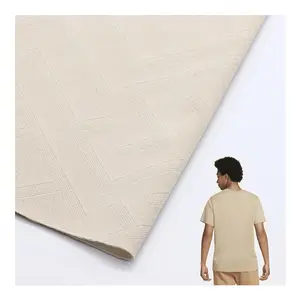

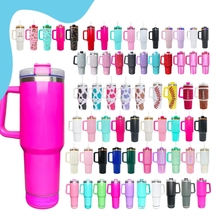





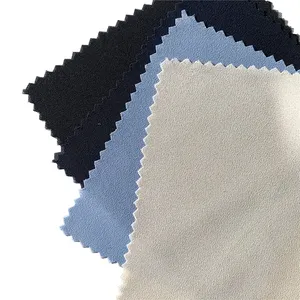
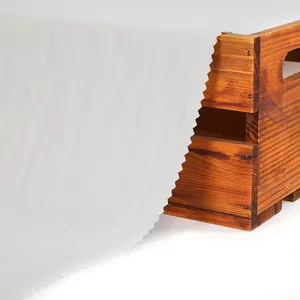



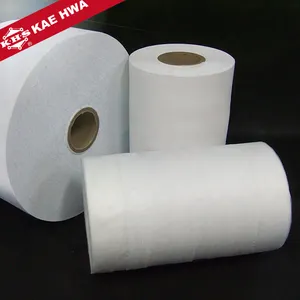





















 浙公网安备 33010002000092号
浙公网安备 33010002000092号 浙B2-20120091-4
浙B2-20120091-4